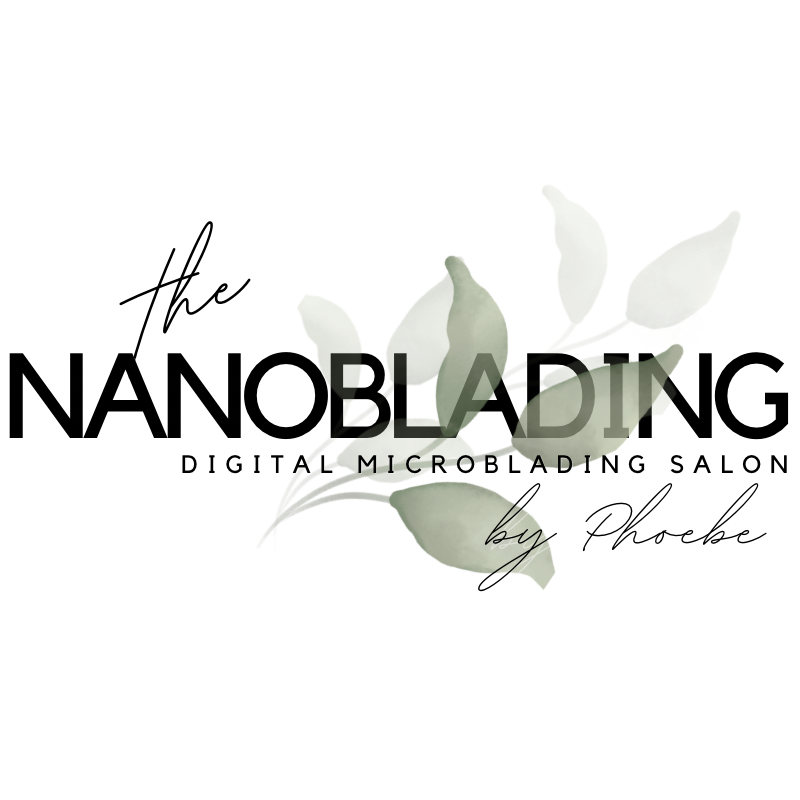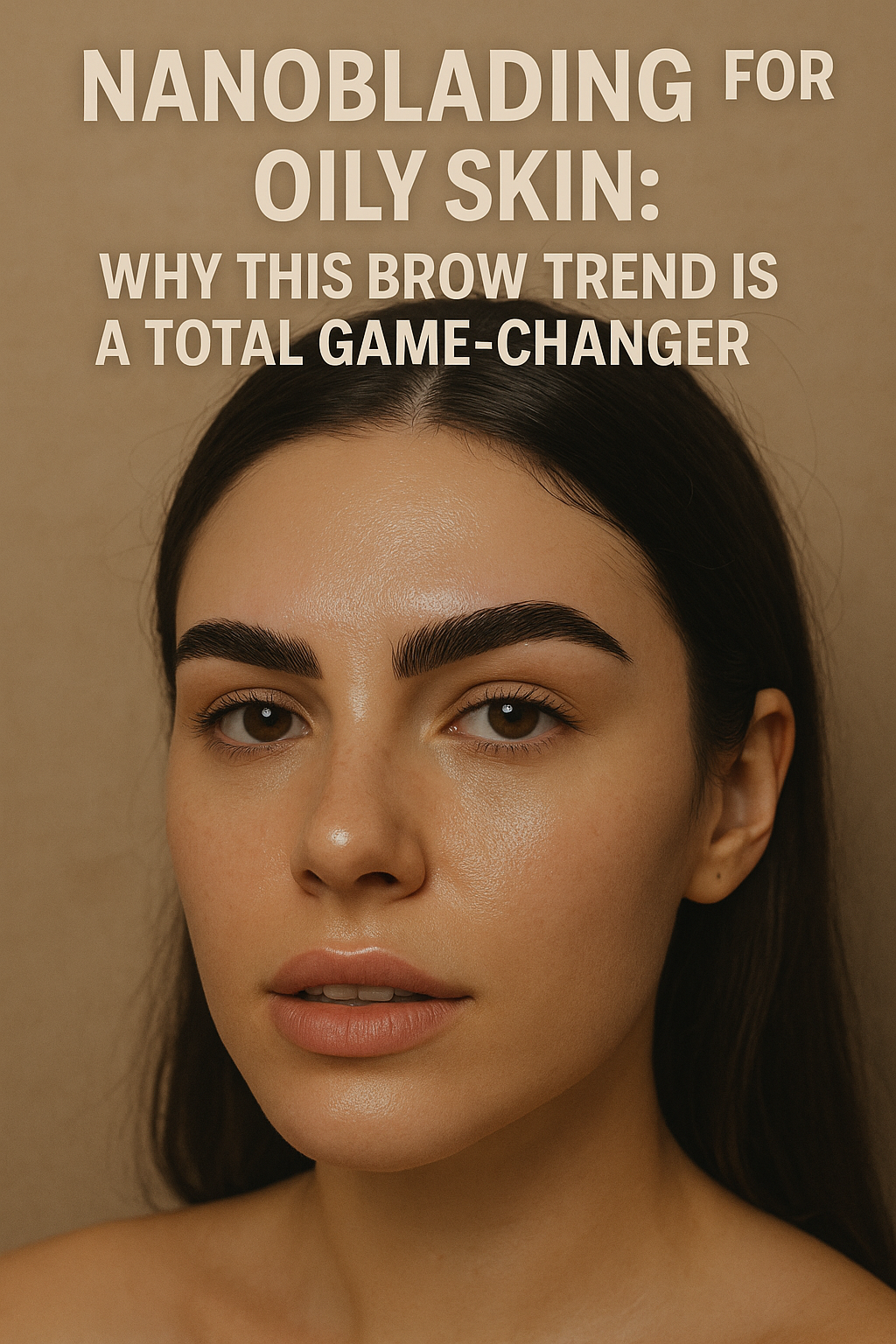Let’s be real: if you have oily skin, you probably know the pain of getting your brows done only to watch them fade or blur way too soon. It’s like you finally get the look you want, and then skin oil just wipes it all away. I’ve seen so many people go through this, and honestly, it can be so discouraging.
But here’s some good news: there’s a new technique in town that’s actually working for people with oily skin. It’s called nanoblading, and it’s quickly becoming the go-to for anyone tired of the microblading letdown.
Why Oily Skin and Microblading Don’t Always Get Along
If your forehead gets shiny by lunchtime, you already know your skin is on the oilier side.
Oily skin is beautiful, but it does come with its quirks. One of the biggest challenges? Keeping pigment in place.
When you try microblading, all that extra oil can mess with the pigment. Instead of those crisp, hair-like strokes you see on Instagram, you might end up with brows that look soft, blurry, or even patchy after just a few months.
This is a common complaint for anyone with a combination of oily skin. It’s not your fault, and it’s not your artist’s fault either. Oily skin just has a mind of its own when it comes to holding onto pigment. The result? More touch-ups, more money spent, and a lot of frustration.
So, What’s Different About Nanoblading?
Nanoblading isn’t just a fancy name. The main thing that sets it apart is the tool: it uses super-fine needles that are even thinner than the ones used for microblading. This means the artist can draw really detailed, natural-looking strokes that don’t get muddy or blurred as easily.
And here’s something else: because the pigment is placed a bit more carefully and not as deep, your skin heals faster and holds onto the color better. People with oily skin have noticed that their brows stay looking sharp and fresh for much longer.
What’s It Like to Get Nanoblading?
If you’re nervous about pain, you’ll be happy to hear that most people say nanoblading is pretty comfortable. The needles are so tiny that the whole thing feels more like a light scratch than anything else. Some folks even say they barely notice it, especially with numbing cream.
The healing process is also a bit easier. You might see some light flaking, but it’s usually not too dramatic. Just follow your artist’s aftercare advice-keep your brows dry, skip the heavy creams, and avoid picking at any scabs. Before you know it, your brows will settle in and look super natural.
Making Your New Brows Last
If you want your nanobrows to go the distance, a little care goes a long way. Here’s what helps:
- Don’t get your brows wet for the first week.
- Avoid oily skincare products around your brows.
- Try not to touch or scratch them while they heal.
- Use sunscreen to keep the color from fading in the sun.
Most people with oily skin find that nanoblading lasts much longer, and microblading is sometimes up to two or three years before a touch-up is needed.
Who Should Think About Nanoblading?
If you’ve had enough of microblading fading too fast, or you just want brows that look real and don’t need constant maintenance, nanoblading is worth a shot. It’s great for anyone with oily or combination skin, sparse brows, or anyone who’s just over the hassle of daily brow makeup.
Wrapping It Up
Oily skin can be stubborn, but that doesn’t mean you have to settle for faded or blurry brows. Nanoblading is giving people real results-natural, defined brows that stick around. If you’re ready for a brow upgrade that actually works with your skin, this could be your answer.
FAQs
Does nanoblading really last longer for oily skin?
Yes, most people with oily skin see better, longer-lasting results with nanoblading compared to microblading.
Is the process painful?
Not really. Most people say it’s more like a scratch, and numbing cream helps a lot.
How soon can I wash my face after nanoblading?
Try to keep your brows dry for at least a week to help the pigment settle.
Will my brows look fake?
Nope! Nanoblading creates very fine, realistic strokes that blend in with your natural brows.

